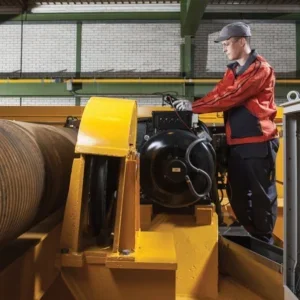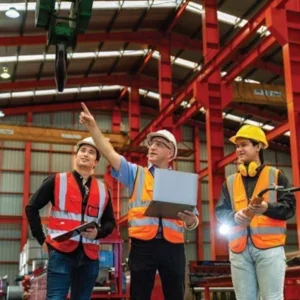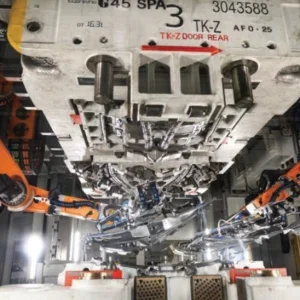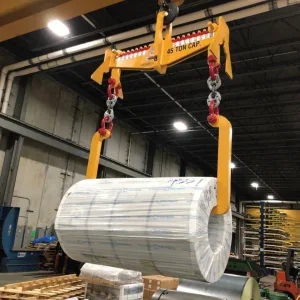A pair of overhead cranes were the solution for a materials handling problem putting new cladding on the British Museum in London.
Faced with the task of refacing the museum, contractor Easton Masonry’s main challenge was the handling of the large pieces of masonry to high levels. Integral to the solution were two 10t safe working load Abus cranes.
Easton already knew Abus Crane Systems since it had 16t SWL double girder Abus EOTs at its factory in Portland.
With space at a premium on the central London site, the masonry contractor approached Abus Crane Systems for two overhead travelling cranes mounted to the top of a specially designed gantry scaffold on the face of the museum.
One crane had the role of feeding stones on to the loading gantry and the second crane was designed for accurate fixing of the fluted column nosing.
This solution then allowed the contractor an independent lifting source, as the final positioning of the large stones could be a lengthy process due to the accuracy required. The joints between the massive stones are measured in fractions of millimetres.
Although Abus cranes are supplied as standard with a main speed and a much slower precision speed on all motions, it was decided that this operation required even more precise handling. The Abus ABUliner variable speed controller was fitted to the hoist of one of the cranes to allow the extremely exact positioning of the heavy and expensive pieces of masonry. The ABUliner not only allows the speed of the motor to be continuously varied, but it also boasts a very low minimum speed for sensitive operations.
“Its smooth performance virtually eliminates load bounce or swing and extends the useful life of the crane’s motors and support structures,” Abus claims.
Given the weather in London, the cranes were weatherproofed and given a durable outdoor paint finish.






